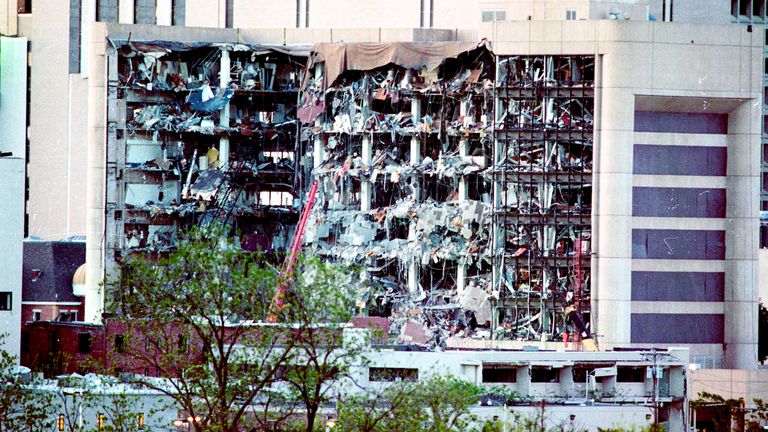If, as seems to be the case, the Beirut explosion was caused by thousands of tonnes of ammonium nitrate stored in a warehouse, the blast demonstrates the deadly potential of this common agricultural chemical.
What is ammonium nitrate?
With the chemical formula NH4NO3, ammonium nitrate is a naturally occurring, highly soluble white crystalline solid, more commonly know as saltpetre.
The largest deposits are found in the Atacama Desert in Chile, from where it was mined. These days almost 100% of the chemical now used is synthetic, produced by reacting ammonia with nitric acid.
What is it used for?
Ammonium nitrate is predominantly used in agriculture as a high-nitrogen fertiliser. It’s relatively stable under most conditions and is inexpensive to manufacture, making the chemical a popular alternative to other, more expensive nitrogen sources.
It is also a key component of ANFO, (ammonium nitrate/fuel oil), an industrial explosive used in mining, quarrying, and civil construction and accounting for 80% of all the industrial explosives used in US.
By itself, ammonium nitrate is not regarded as particularly volatile or dangerous, but under certain conditions it can be deadly.
Most countries have regulations controlling its storage to make sure it is safe.
What makes ammonium nitrate explode?
Particular sets of circumstances are needed to turn ammonium nitrate from a stable compound into an explosive, without any fuel or external catalyst.
It is classified as an ‘energetic material’, one that produces heat as it decomposes, similar to the way heat is generated by rotting material in a compost heap.
If there is sufficient quantity of ammonium nitrate, it can generate enough heat to catch fire and keep the fire going, without the need for an external catalyst such as a flame.
As it burns, ammonium nitrate goes through chemical changes that lead to the production of oxygen, precisely what a fire needs to keep going and get bigger. As it heats up the chemical can fuse together, creating a seal or plug.
The space behind the plug keeps on being heated and gases form.
Hot gas expands, but, behind the plug, it has nowhere to go. Eventually, the gas will break through the seal and the force of that will trigger an explosion.
Fertiliser bombs, the terrorist’s weapon of choice
Because of its low cost and ready availability, fertiliser has been used to make bombs. The ammonium nitrate is like the engine behind the explosion, but it also requires a detonator and fuel.
The first thing that happens during a fertiliser bomb blast is the explosion of the detonator.
The energy of the detonation wave causes the ammonium nitrate to vaporise – becoming a gas in an instant. The ammonium and nitrate molecules break down, and a large amount of oxygen gas is suddenly formed.
The gas released from the decomposing fertiliser is what drives the explosion. The rapid release of oxygen, along with the energy from the detonation wave, ignites the fuel.
When the liquid fuel ignites, it rapidly combusts, and even more gas is released.
Fertiliser bomb attacks
:: The Baltic Exchange building in the City of London was hit by a one-tonne fertiliser bomb planted by the IRA in April 1992. The blast in St Mary Axe killed three people, including a 15-year-old girl.
:: Bishopsgate in the City of London was hit with a one-tonne fertiliser bomb by the Provisional IRA in April 1993. One person died and 40 were injured. The bomb – hidden in a tipper truck – left a crater 40ft wide and 20ft deep.
:: Oklahoma City – a bomb targeted the Alfred P Murrah Federal Building in April 1995 and killed 168, although an unmatched body part suggests the toll was actually 169. Bomber Timothy McVeigh was executed by lethal injection in 2001. Co-conspirator Terry Nichols was jailed for life.
:: Docklands – A massive car bomb detonated beneath South Quay station in London’s Docklands in February 1996. The 1,000lb device killed two men, ended a 17-month IRA ceasefire and caused £85m of damage.
:: Manchester – The IRA struck Manchester city centre with a 3,300lb bomb, injuring more than 200 people. No one was killed due to a coded warning phoned in more than an hour before the blast, at 11am on a Saturday morning in June 1996.
It was the largest bomb to explode in Britain since the Second World War.



